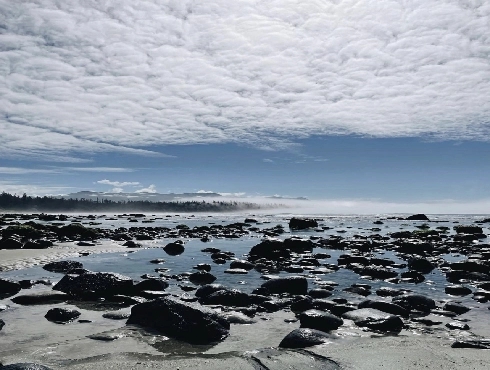
Pacific Rim National Park Reserve Wildlife Watching
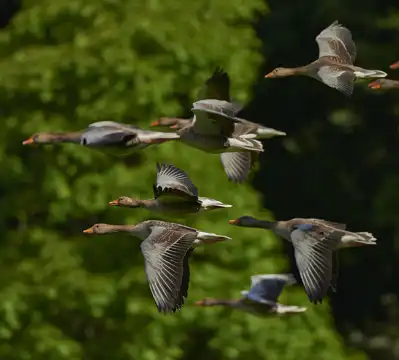
Esquimalt Lagoon Migratory Bird Sanctuary Wildlife Watching
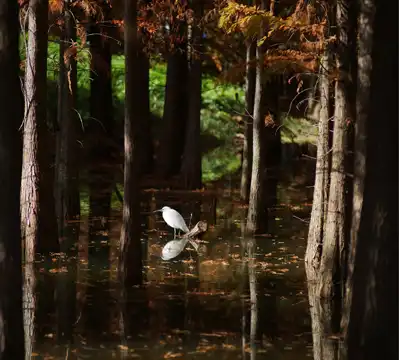
Piper's Lagoon Park Wildlife Watching
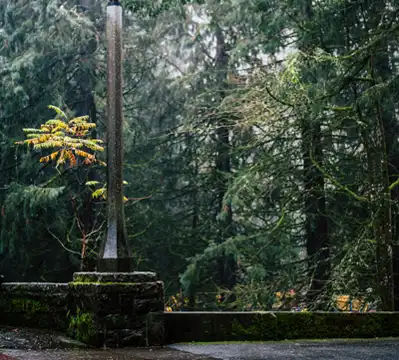
Goldstream Provincial Park Wildlife Watching
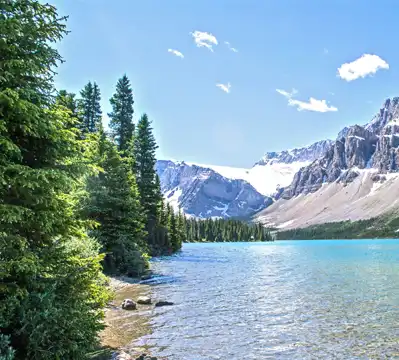
Beacon Hill Park Wildlife Watching
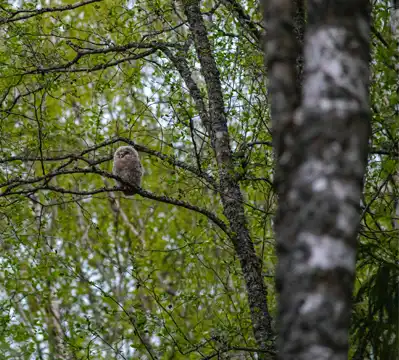
Swan Lake Christmas Hill Nature Sanctuary Wildlife Watching
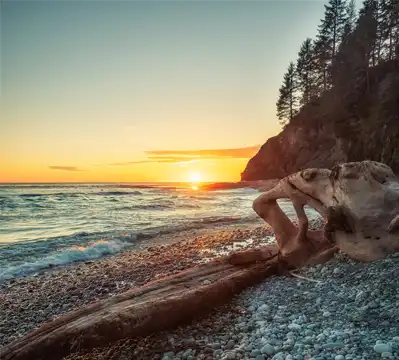
West Coast Trail Wildlife Watching
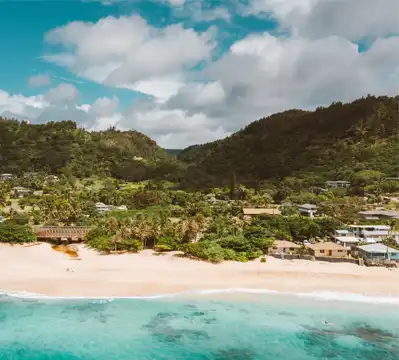
North Island Wildlife Recovery Centre Wildlife Watching
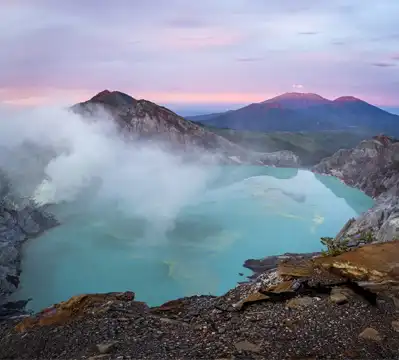
Hot Spring Cove Wildlife Watching
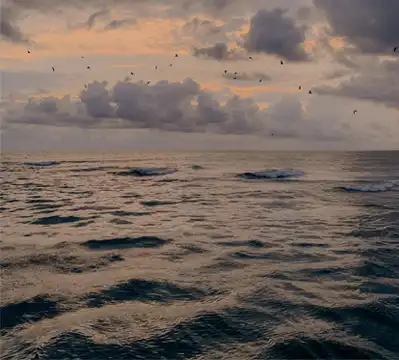
Juan de Fuca Marine Trail Wildlife Watching
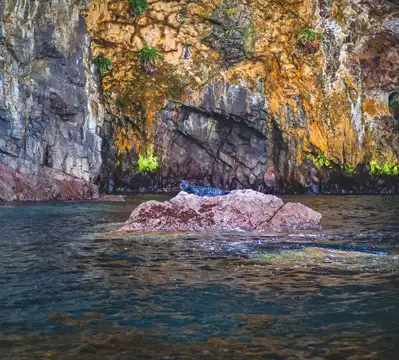
.webp)
.webp)
.webp)
.webp)
.webp)
.webp)
.webp)